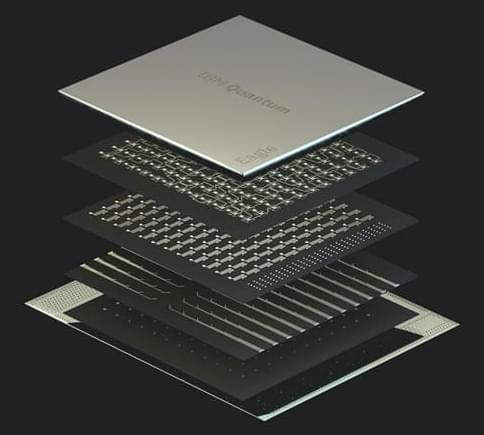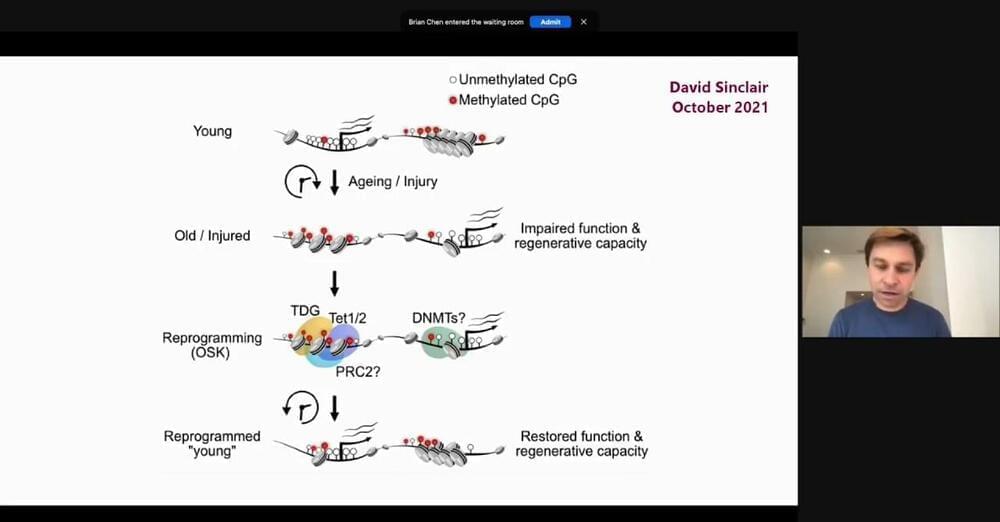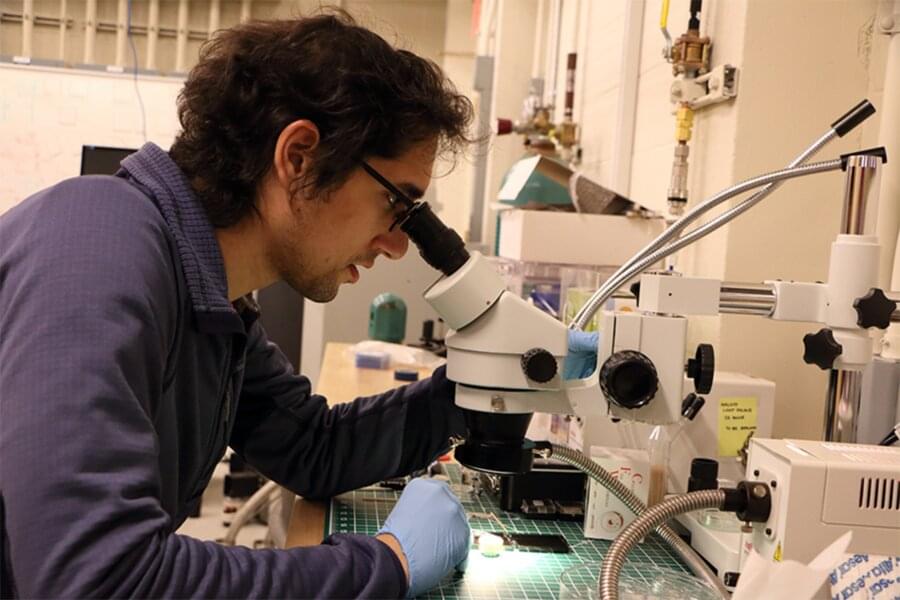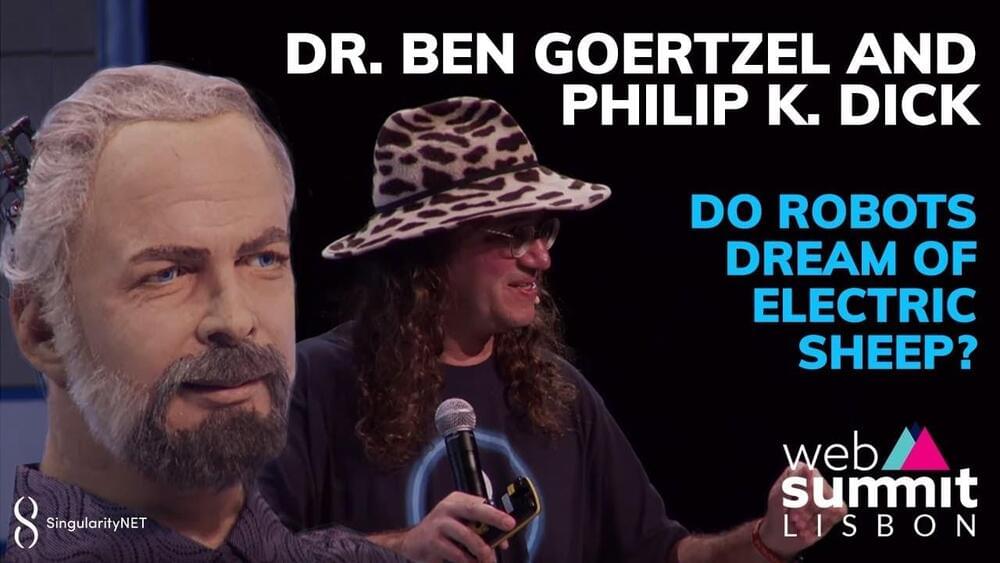The newly passed infrastructure bill could lead to a boom in solar production requiring a lot more land, including farmland. But research is showing solar panels might actually help grow some crops.
SpaceX launches Crew-3, Tesla crashes, Elon Musk considers selling… again?
SpaceX launches Crew-3 and Starlink, Tesla’s Full Self-Driving potentially causes a crash, angered by Bernie Sanders, Elon Musk considers selling stock… again?
IBM has announced a new 127-quantum bit (qubit) processor – called ‘Eagle’ – at the IBM Quantum Summit 2021, its annual event to showcase milestones in quantum hardware and software.
In this videoclip, Professor David Sinclair from Harvard University addresses one of the most promising technologies his lab is working on to slow and reverse aging.
To watch the entire video from which this videoclip was made, please click here: https://youtu.be/9rB89ydZoRo
Rumors that Tesla is indeed making a smartphone were bolstered after the world-famous design studio ADR released concept images (in a video). This made people wonder: Is Tesla going to go after the iPhone — or simply create an entirely new market segment, such as a true-to-form satellite phone that works where traditional WiFi or 5G services are absent, and able to mine cryptocurrencies anywhere, including on the planet Mars?While speculations abound, there are numerous unanswered questions, such as: how much would it retail for? Does it have a sim card? What’s the monthly charge for using Starlink? Can I buy one, without first buying a Tesla EV? Its release date is a closely-guarded secret. A Starlink antenna is being taken out of the box. Tech publications have leaked images of the new device supposedly out of the EV maker, including some details of what it can do.
Every day, hundreds of thousands of new COVID-19 cases and thousands of new deaths are still being reported worldwide, creating a need for drugs that can combat the disease caused by SARS-CoV-2.
Now, new research led by investigators at Harvard Medical School and Boston Children’s Hospital points to a well-known and widely available drug called disulfiram (marketed as Antabuse) as a possible treatment for COVID-19.
In the retrospective study, published Oct. 28 in PLOS ONE, patients taking disulfiram for alcoholism were less likely to become infected with SARS-CoV-2, and those who did get infected were less likely to die from COVID-19 than those not taking the drug.
New research points to a well-known and widely available drug called disulfiram (marketed as Antabuse) as a possible treatment for COVID-19.
MIT physicists and colleagues have demonstrated an exotic form of superconductivity in a new material the team synthesized only about a year ago. Although predicted in the 1960s, until now this type of superconductivity has proven difficult to stabilize. Further, the scientists found that the same material can potentially be manipulated to exhibit yet another, equally exotic form of superconductivity.
The work was reported in the Nov. 3 issue of the journal Nature.
The demonstration of finite momentum superconductivity in a layered crystal known a natural superlattice means that the material can be tweaked to create different patterns of superconductivity within the same sample. And that, in turn, could have implications for quantum computing and more.
BMW’s adoption of Nvidia’s Omniverse helps the company overcome some of the most challenging barriers to expanding product lines.
Dr. Ben Goertzel with Philip K. Dick at the Web Summit in Lisbon 2019.
Ben showcases the use of OpenCog within the SingularityNET enviroment which is powering the AI of the Philip K. Dick Robot.
We apologise for the poor audio quality.
SingularityNET is a decentralized marketplace for artificial intelligence. We aim to create the world’s global brain with a full-stack AI solution powered by a decentralized protocol.
We gathered the leading minds in machine learning and blockchain to democratize access to AI technology. Now anyone can take advantage of a global network of AI algorithms, services, and agents.
Website: https://singularitynet.io.









